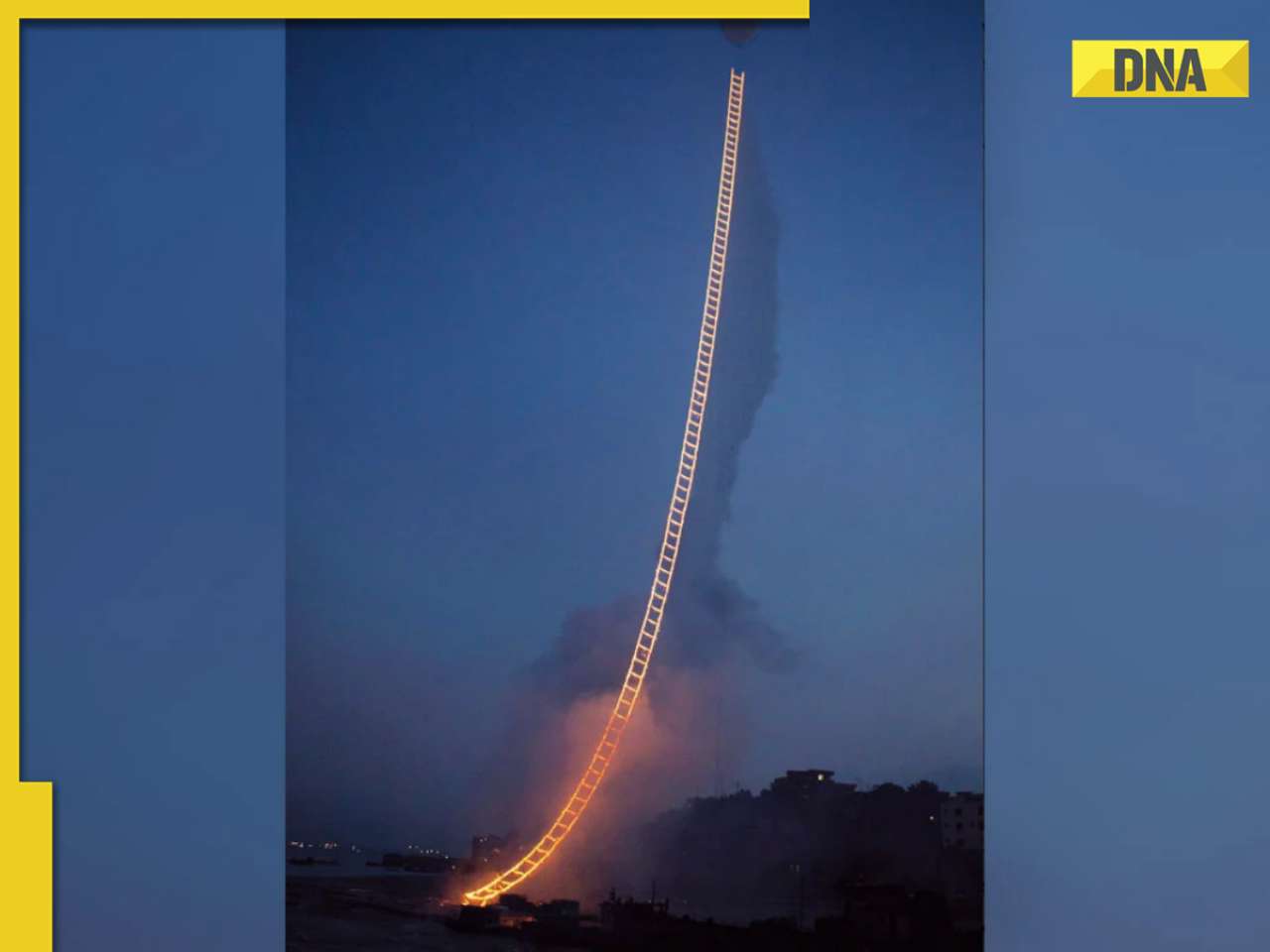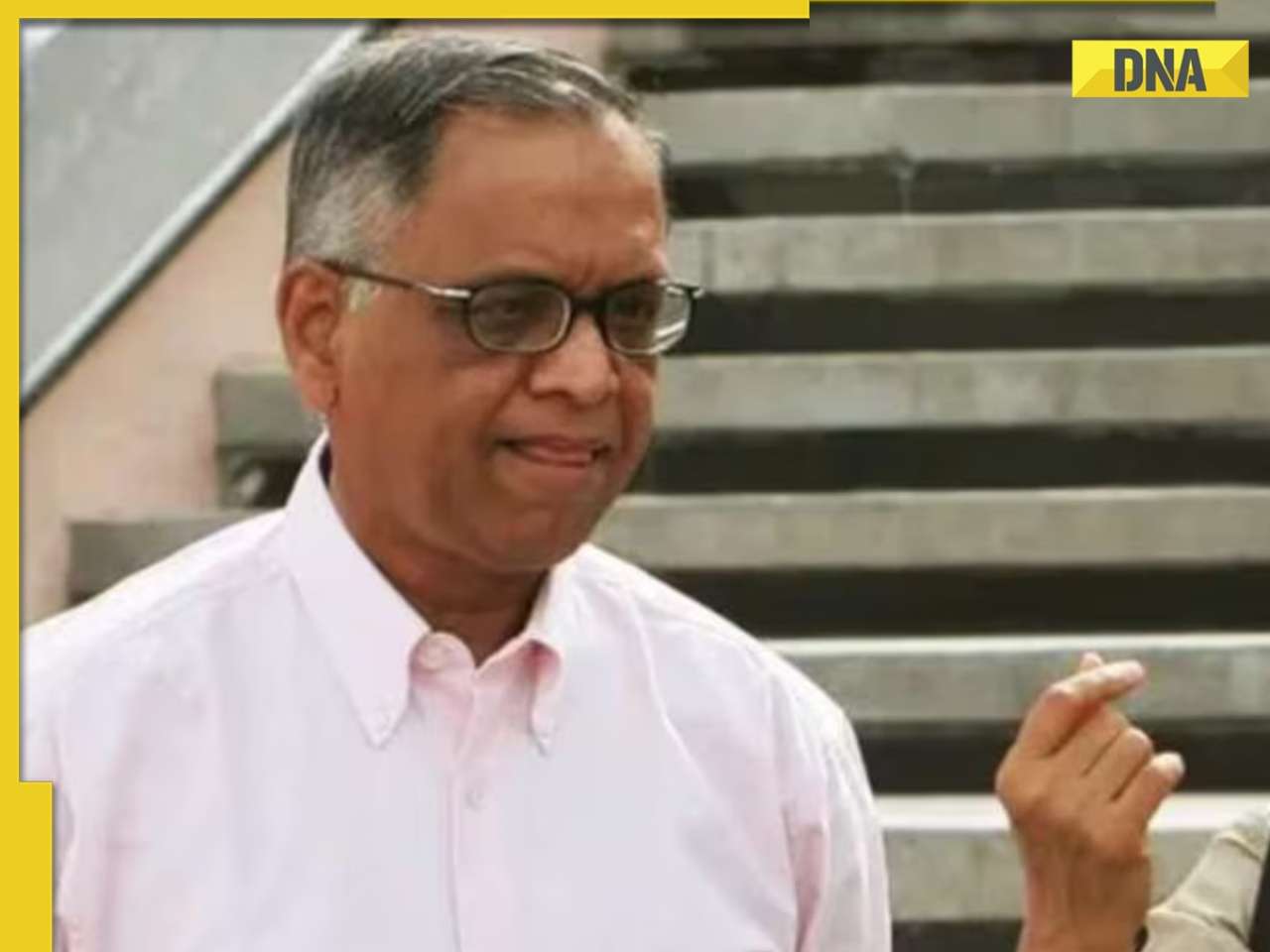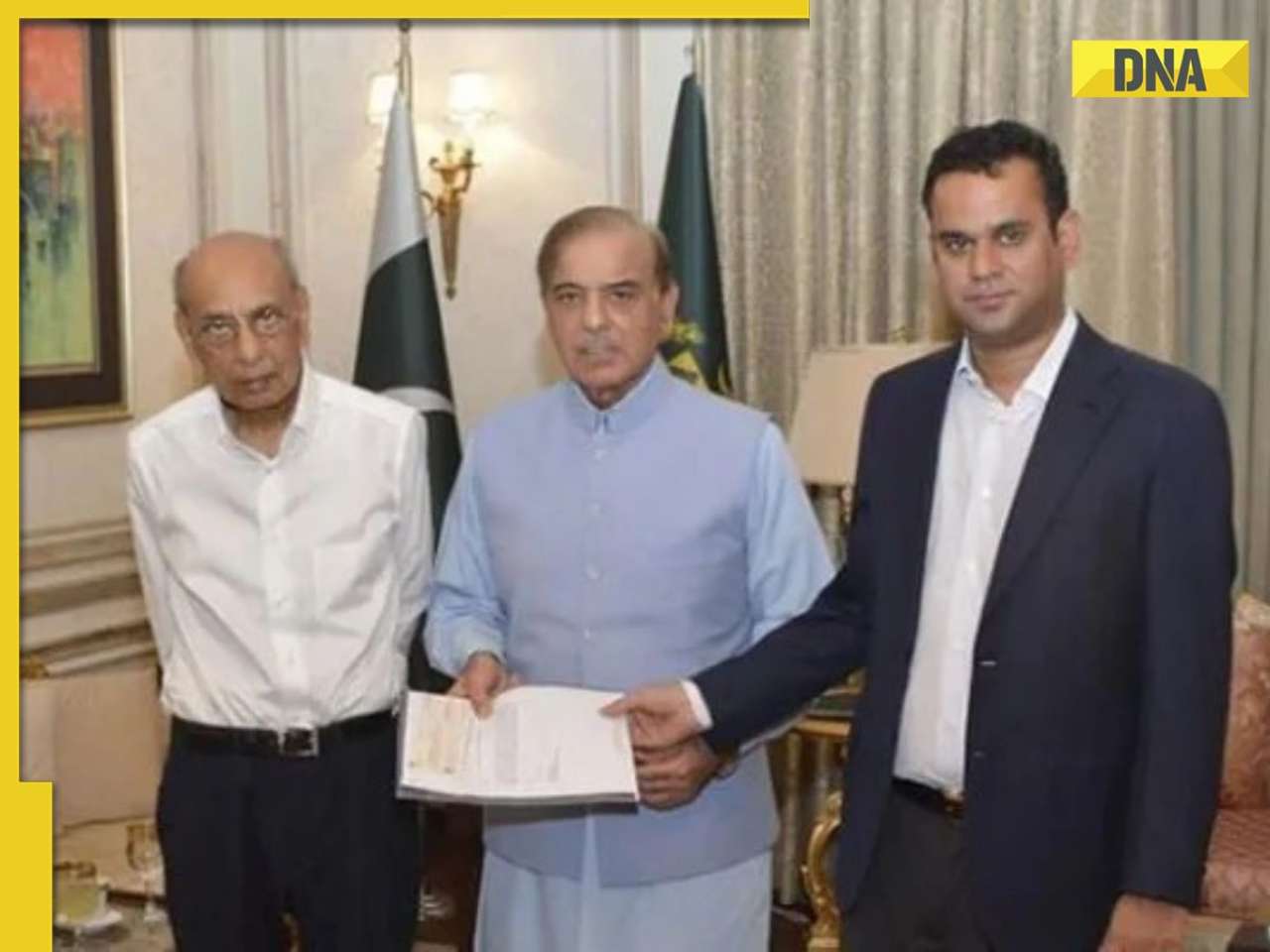As the country’s growing fleet of aircraft is set for expansion, the Mumbai International Airport Limited struggles to keep pace with the aviation boom.
As the country’s growing fleet of aircraft is set for expansion, the Mumbai International Airport Limited struggles to keep pace with the aviation boom. With big plans for airports in various cities including Delhi, Bangalore and Hyderabad, Manisha Singhal takes a look at issues plaguing the island city’s airports. Airport capacity, segregation of aircraft and congestion may lead to Mumbai losing its competitive edge to Delhi
It is estimated that there will be investments of about $80 billion on aircraft in the next 10 years in India. In order to sustain this growth, another $30 billion will be required for airport infrastructure. Of the total fleet of 310 aircraft that India has today, at least 135 have been added for commercial services and 50 for chartered aviation in the past two years. The country’s fleet will reach 500-550 by the end of 2010, according to the Centre for Asia Pacific Aviation (CAPA).
The need for investments for airports arises from the fact that Indian carriers have 480 aircraft (including 92 wide bodies) scheduled for delivery up to 2012.
While airlines are soaring high — taking advantage of stabilised growth in passenger traffic and expanding operations to include international routes — the ground reality is, however, a little different.
The turnaround is not being experienced by passengers who have to deal with delays and cancellations. Airports are struggling to keep up with ever-increasing air traffic and congestion problems.
The question then is, will infrastructure keep pace with the aviation boom and not let airlines fly with clipped wings? Aviation experts said that though the situation might not be looking up at present, 2008 will be a landmark year of sorts for airport infrastructure in the country.
Kapil Kaul of CAPA said infrastructure issues will be a short-term problem. “The Delhi International Airport Limited (DIAL) will have a parallel runway ready by next year. Greenfield airports in Bangalore and Hyderabad too will be functioning by then. Kochi already has an airport with world-class facilities. This, along with 35 non-metro airports, will see that by 2010 the country’s airport infrastructure is geared up for the aviation boom,” said Kaul.
But this optimism is absent when it comes to Mumbai’s Chhatrapati Shivaji International Airport. Though the airport is working aggressively towards adding capacity, aviation experts feel that Mumbai can, at best, make cosmetic changes of not more than 10 to 15 per cent. “The city will lose its competitive edge because of capacity issues at the airport. Delhi’s airport will be handling the maximum amount of air traffic and will become the leading airport in the next two years,” said Kaul.
According to the Directorate General of Civil Aviation (DGCA), the airports in metros currently handle about 70 per cent of the country’s air traffic. Mumbai and Delhi share 50 per cent of the air traffic between them. “In Mumbai and Delhi, there are about 30 to 35 air traffic movements every hour. The fact that the DGCA has not permitted any additional flights by carriers is a clear indication that infrastructure is holding back Indian aviation from realising its full potential. There is lot on the drawing board but nothing is moving fast,” said an airline source.
For the Mumbai International Airport Limited (MIAL), the biggest challenge is the segregation of smaller aircraft and moving chartered aircraft traffic out from the Mumbai airport —something the Delhi airport has already made clear it might adopt as the year ends. MIAL is looking at options to develop secondary airports as well as proposals for multiple airports — till the Navi Mumbai airport takes off — as Mumbai airports are expected to be saturated by 2011.
“Expansion plans for the airport are by and large keeping in tune with expansion plans of airlines. But the plans get hit by the overall space crunch in Mumbai. It has to be made clear what kind of traffic the airport will cater to. It cannot take the kind of traffic it is currently handling,” said an MIAL spokesperson.
![submenu-img]() House of the Dragon season 2 trailer: Rhaenyra wages an unwinnable war against Aegon, Dance of the Dragons begins
House of the Dragon season 2 trailer: Rhaenyra wages an unwinnable war against Aegon, Dance of the Dragons begins![submenu-img]() Panchayat season 3 trailer: Jitendra Kumar returns as sachiv, Neena, Raghubir get embroiled in new political tussle
Panchayat season 3 trailer: Jitendra Kumar returns as sachiv, Neena, Raghubir get embroiled in new political tussle![submenu-img]() Apple partners up with Google against unwanted tracker, users will be alerted if…
Apple partners up with Google against unwanted tracker, users will be alerted if…![submenu-img]() Meet actress whose debut film was superhit, got married at peak of career, was left heartbroken, quit acting due to..
Meet actress whose debut film was superhit, got married at peak of career, was left heartbroken, quit acting due to..![submenu-img]() Who is the real owner of Delhi's Connaught Place and who collects rent from here?
Who is the real owner of Delhi's Connaught Place and who collects rent from here?![submenu-img]() Meet man who is 47, aspires to crack UPSC, has taken 73 Prelims, 43 Mains, Vikas Divyakirti is his...
Meet man who is 47, aspires to crack UPSC, has taken 73 Prelims, 43 Mains, Vikas Divyakirti is his...![submenu-img]() IIT graduate gets job with Rs 100 crore salary package, fired within a year, he is now working as…
IIT graduate gets job with Rs 100 crore salary package, fired within a year, he is now working as…![submenu-img]() Goa Board SSC Result 2024: GBSHSE Class 10 results to be out today; check time, direct link here
Goa Board SSC Result 2024: GBSHSE Class 10 results to be out today; check time, direct link here![submenu-img]() CUET-UG 2024 scheduled for tomorrow postponed for Delhi centres; check new exam date here
CUET-UG 2024 scheduled for tomorrow postponed for Delhi centres; check new exam date here![submenu-img]() Meet man who lost eyesight at 8, bagged record-breaking job package at Microsoft, not from IIT, NIT, VIT, his salary is…
Meet man who lost eyesight at 8, bagged record-breaking job package at Microsoft, not from IIT, NIT, VIT, his salary is…![submenu-img]() DNA Verified: Is CAA an anti-Muslim law? Centre terms news report as 'misleading'
DNA Verified: Is CAA an anti-Muslim law? Centre terms news report as 'misleading'![submenu-img]() DNA Verified: Lok Sabha Elections 2024 to be held on April 19? Know truth behind viral message
DNA Verified: Lok Sabha Elections 2024 to be held on April 19? Know truth behind viral message![submenu-img]() DNA Verified: Modi govt giving students free laptops under 'One Student One Laptop' scheme? Know truth here
DNA Verified: Modi govt giving students free laptops under 'One Student One Laptop' scheme? Know truth here![submenu-img]() DNA Verified: Shah Rukh Khan denies reports of his role in release of India's naval officers from Qatar
DNA Verified: Shah Rukh Khan denies reports of his role in release of India's naval officers from Qatar![submenu-img]() DNA Verified: Is govt providing Rs 1.6 lakh benefit to girls under PM Ladli Laxmi Yojana? Know truth
DNA Verified: Is govt providing Rs 1.6 lakh benefit to girls under PM Ladli Laxmi Yojana? Know truth![submenu-img]() Ananya Panday stuns in unseen bikini pictures in first post amid breakup reports, fans call it 'Aditya Roy Kapur's loss'
Ananya Panday stuns in unseen bikini pictures in first post amid breakup reports, fans call it 'Aditya Roy Kapur's loss'![submenu-img]() Remember Harsh Lunia? Just Mohabbat child star, here's how former actor looks now, his wife is Bollywood's popular...
Remember Harsh Lunia? Just Mohabbat child star, here's how former actor looks now, his wife is Bollywood's popular...![submenu-img]() Mother's Day 2024: Bollywood supermoms who balance motherhood, acting, and run multi-crore businesses
Mother's Day 2024: Bollywood supermoms who balance motherhood, acting, and run multi-crore businesses![submenu-img]() Rocky Aur Rani's Golu aka Anjali Anand shocks fans with drastic weight loss without gym, says fitness secret is...
Rocky Aur Rani's Golu aka Anjali Anand shocks fans with drastic weight loss without gym, says fitness secret is...![submenu-img]() In pics: Ram Charan gets mobbed by fans during his visit to Pithapuram for ‘indirect campaign’ for uncle Pawan Kalyan
In pics: Ram Charan gets mobbed by fans during his visit to Pithapuram for ‘indirect campaign’ for uncle Pawan Kalyan![submenu-img]() Haryana Political Crisis: Will 3 independent MLAs support withdrawal impact the present Nayab Saini led-BJP government?
Haryana Political Crisis: Will 3 independent MLAs support withdrawal impact the present Nayab Saini led-BJP government?![submenu-img]() DNA Explainer: Why Harvey Weinstein's rape conviction was overturned, will beleaguered Hollywood mogul get out of jail?
DNA Explainer: Why Harvey Weinstein's rape conviction was overturned, will beleaguered Hollywood mogul get out of jail?![submenu-img]() What is inheritance tax?
What is inheritance tax?![submenu-img]() DNA Explainer: What is cloud seeding which is blamed for wreaking havoc in Dubai?
DNA Explainer: What is cloud seeding which is blamed for wreaking havoc in Dubai?![submenu-img]() DNA Explainer: What is Israel's Arrow-3 defence system used to intercept Iran's missile attack?
DNA Explainer: What is Israel's Arrow-3 defence system used to intercept Iran's missile attack?![submenu-img]() House of the Dragon season 2 trailer: Rhaenyra wages an unwinnable war against Aegon, Dance of the Dragons begins
House of the Dragon season 2 trailer: Rhaenyra wages an unwinnable war against Aegon, Dance of the Dragons begins![submenu-img]() Panchayat season 3 trailer: Jitendra Kumar returns as sachiv, Neena, Raghubir get embroiled in new political tussle
Panchayat season 3 trailer: Jitendra Kumar returns as sachiv, Neena, Raghubir get embroiled in new political tussle![submenu-img]() Meet actress whose debut film was superhit, got married at peak of career, was left heartbroken, quit acting due to..
Meet actress whose debut film was superhit, got married at peak of career, was left heartbroken, quit acting due to..![submenu-img]() 'Ek actress 9 log saath leke...': Farah Khan criticises entourage culture in Bollywood
'Ek actress 9 log saath leke...': Farah Khan criticises entourage culture in Bollywood![submenu-img]() Bollywood’s 1st multi-starrer had 8 stars, makers were told not to cast Kapoors; not Sholay, Nagin, Shaan, Jaani Dushman
Bollywood’s 1st multi-starrer had 8 stars, makers were told not to cast Kapoors; not Sholay, Nagin, Shaan, Jaani Dushman![submenu-img]() Who is the real owner of Delhi's Connaught Place and who collects rent from here?
Who is the real owner of Delhi's Connaught Place and who collects rent from here?![submenu-img]() Viral video: Chinese artist's flaming 'stairway to heaven' stuns internet, watch
Viral video: Chinese artist's flaming 'stairway to heaven' stuns internet, watch![submenu-img]() Video: White House plays 'Sare Jahan Se Achha Hindustan Hamara" at AANHPI heritage month celebration
Video: White House plays 'Sare Jahan Se Achha Hindustan Hamara" at AANHPI heritage month celebration![submenu-img]() Viral video: Bear rides motorcycle sidecar in Russia, internet is stunned
Viral video: Bear rides motorcycle sidecar in Russia, internet is stunned![submenu-img]() Driver caught on camera running over female toll plaza staff on Delhi-Meerut expressway, watch video
Driver caught on camera running over female toll plaza staff on Delhi-Meerut expressway, watch video
























































)
)
)
)
)
)